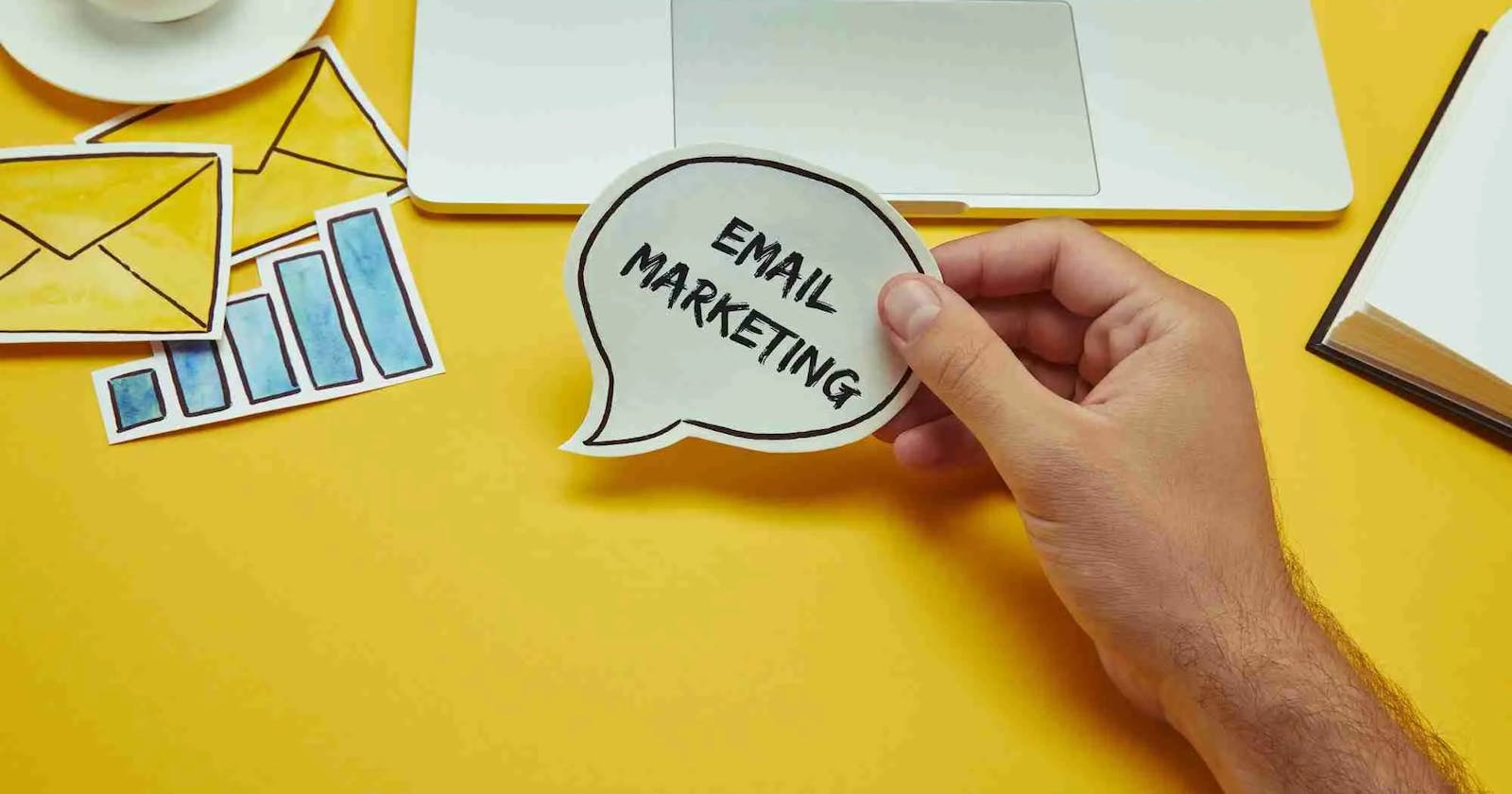Introduction
Email marketing is a powerful tool for businesses looking to promote their products and services to other businesses. However, with so much competition in the inbox, it’s important to make sure your B2B emails stand out. In this article, we will explore the key elements of a successful B2B email marketing campaign and provide tips on how to create and send emails that will resonate with your target audience.
1. What is B2B email marketing?
B2B (business-to-business) email marketing is a type of email marketing that is targeted towards other businesses, rather than individual consumers. The goal of B2B email marketing is to promote products or services that will help those businesses operate more efficiently or effectively. This can include things like software, consulting services, or other business-related products.
B2B email campaigns often focus on educating the recipient about the product or service and building trust with the company. This can include things like case studies, testimonials, and detailed product information. B2B emails tend to be more formal and professional in tone, with a focus on demonstrating the value and benefits of the product or service.
B2B email marketing can also be used to nurture leads and build relationships with potential customers. This can include sending follow-up emails after initial contact, sending content that is relevant to the recipient’s industry or role, or offering free trials or demos of the product or service.
In summary, B2B email marketing is a way for businesses to promote their products and services to other businesses and build trust and relationships with potential customers. B2B emails tend to be more formal and professional in tone and focus on demonstrating the value and benefits of the product or service.
2. What is the difference between B2B and B2C email marketing?
B2B (business-to-business) and B2C (business-to-consumer) email marketing are similar in that they both involve using email to promote a product or service, but there are some key differences between the two.
B2B email marketing is typically targeted towards other businesses and is used to promote products or services that will help those businesses operate more efficiently or effectively. B2B email campaigns often focus on educating the recipient about the product or service and building trust with the company.
B2C email marketing, on the other hand, is targeted towards consumers and is used to promote products or services that will be used by those consumers. B2C email campaigns often focus on creating excitement and urgency around a product or sale.
In terms of tone, B2B emails tend to be more formal and professional, while B2C emails are often more casual and conversational. Additionally, B2B emails often include more detailed information about the product or service being promoted, while B2C emails tend to focus more on images and branding.
In summary, B2B email marketing is more focused on building trust and educating the recipient, while B2C email marketing is more focused on creating excitement and urgency around the product. B2B emails tend to be more formal and professional, while B2C emails are more casual and focus more on images and branding.
3. What are the characteristics of a good B2B email?
Several characteristics can make a B2B email effective:
Relevance: The email should be relevant to the recipient, addressing their specific needs and interests.
Personalization: The email should be personalized to the recipient, using their name and other relevant information.
Clarity: The email should be clear and easy to understand, with a clear subject line, a clear call to action, and simple language.
Value: The email should offer value to the recipient, whether it’s providing useful information, offering a special promotion, or solving a problem.
Professionalism: The email should be professional in tone, with a polished design and proper grammar and punctuation.
Branding: The email should include branding elements such as the company logo, colours, and messaging.
Timing: The email should be sent at the right time when the recipient is most likely to be engaged and responsive.
Segmentation: The email should be segmented to the right audience, so it’s reaching the right people at the right time.
Testing: The email should be tested to ensure that it looks good in different email clients and devices and is optimized for deliverability.
Compliance: The email should comply with all laws and regulations, such as the CAN-SPAM act and GDPR.
By incorporating these characteristics into your B2B email marketing strategy, you can increase the chances of your emails being read and acted upon, ultimately driving more conversions for your business.
4. What are the best tools for B2B email marketing?
Several tools can be used for B2B email marketing:
MailChimp: MailChimp is a popular email marketing platform that offers a range of features for creating, sending, and tracking email campaigns. It also provides a free plan for small businesses.
Constant Contact: Constant Contact is another popular email marketing platform that offers a range of features for creating, sending, and tracking email campaigns. It also provides a free trial.
GetResponse: GetResponse is an email marketing platform that offers a range of features for creating, sending, and tracking email campaigns, including automation and marketing automation.
Campaign Monitor: Campaign Monitor is an email marketing platform that offers a range of features for creating, sending, and tracking email campaigns. It also includes a feature to help with A/B testing.
Pardot: Pardot is a B2B marketing automation platform that offers a range of features for creating, sending, and tracking email campaigns, including lead generation and scoring, lead nurturing, and analytics.
Marketo: Marketo is a B2B marketing automation platform that offers a range of features for creating, sending, and tracking email campaigns, including lead generation, lead nurturing, and analytics.
Hubspot: Hubspot is an inbound marketing platform that offers a range of features for creating, sending, and tracking email campaigns, including lead generation, lead nurturing, and analytics.
Sendinblue: Sendinblue is an email marketing platform that offers a range of features for creating, sending, and tracking email campaigns, including automation and SMS marketing.
These are some of the most popular tools on the market, but there are many other options available, so it’s essential to research and compares different options to find the one that best fits your needs and budget.
Conclusion
Sending the best B2B email marketing requires a combination of strategy, creativity, and technical know-how. By understanding your audience, crafting a compelling message, and utilizing the right tools, you can create emails that will drive results for your business. Remember to segment your audience, personalize your message, test your emails, and measure the results. With these tips, you will be able to create effective B2B email marketing campaigns that will help you build trust and relationships with potential customers, and ultimately drive more conversions for your business.

